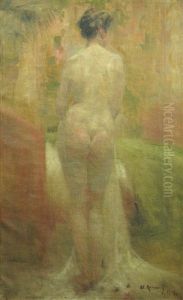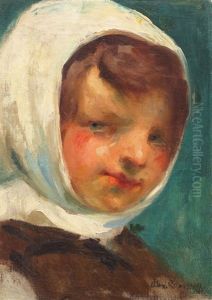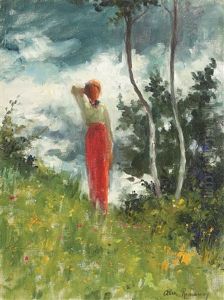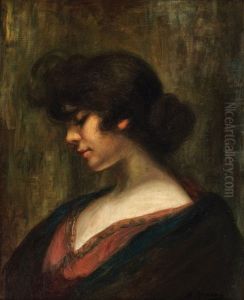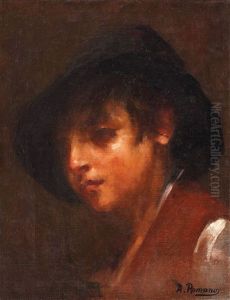Alexandru Romano Paintings
Alexandru Romano was a significant Romanian artist, whose work spanned several decades of the 20th century, reflecting both the tumultuous socio-political changes in Eastern Europe and the evolving landscape of the art world during this period. Born in 1906 in Bucharest, Romano was part of a generation of artists who were searching for a modern Romanian identity through their art, grounded in national tradition yet responsive to European modernist currents.
Educated at the Bucharest National University of Arts, Romano was deeply influenced by the interwar Romanian cultural scene, which was marked by a rich interplay between modernism and the traditionalist currents. His early works were characterized by an exploration of form and color, with a particular interest in the way these elements could capture the essence of Romanian rural and urban landscapes. As his style evolved, Romano began to incorporate more abstract elements into his work, reflecting the broader movement towards abstraction in European art.
During World War II and the subsequent establishment of communist rule in Romania, Romano, like many artists of his time, faced significant challenges. The political climate forced him to adapt his style to the socialist realism that was promoted by the regime, yet he managed to retain a subtle individuality in his works, often embedding personal and national themes beneath the surface of seemingly conformist subjects.
After the relaxation of cultural policies in the 1960s, Romano's work became more experimental again, exploring abstract expressionism and other avant-garde movements that were re-emerging in the West. This period of his career is marked by a vibrant use of color and dynamic compositions, reflecting his enduring optimism and belief in the transformative power of art.
Alexandru Romano's contributions to Romanian art were recognized with several awards throughout his career, and his works are included in the collections of major Romanian museums, as well as international collections. He died in 1977, leaving behind a legacy that continues to influence Romanian artists. Romano's life and work are a testament to the resilience of the human spirit and the enduring power of creativity in the face of societal upheaval.






